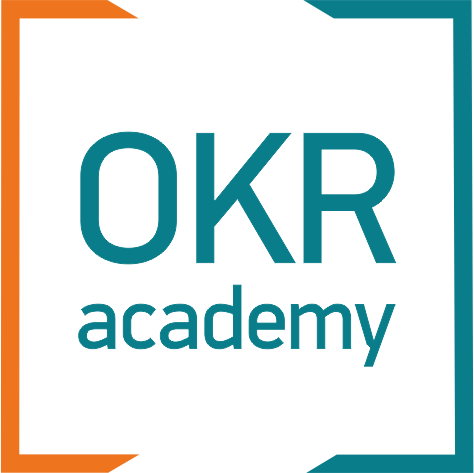OKR & Strategy
Navigating the Fog of Uncertainty: Why OKRs are the Key to Achieving Your Strategic Goals

In today's rapidly changing and unpredictable world, achieving long-term strategic goals can feel like an impossible task.
Achieving long-term strategic goals in today's unpredictable and rapidly changing VUCA and BANI world can be a daunting task.
(VUCA and BANI are acronyms that describe the current state of the world. VUCA stands for volatility, uncertainty, complexity, and ambiguity, while BANI stands for brittle, anxious, non-linear, and incomplete.)
In this unpredictable world, long-term strategic goals cannot be described in detail and fixed anymore. Rather, they describe a desired state for the business that is vague enough to allow for adjustments depending on how the technological, political, and economic situation develops. The path to achieving these goals is shrouded in uncertainty, as illustrated in the image above.
If you cannot create a clear roadmap with milestones or a Gantt chart to reach your strategic goal, then you are in a state described by the STACEY and Cynefin models as a complex domain. This is where OKRs come in.
OKRs allow you to hypothesize about the desired outcome for the nearest foreseeable period, usually 3-4 months, but in crisis situations or for startups, it can be reduced to a month. By clearly describing what you want to achieve (Objective) and how you will know that you are getting closer and reaching the goal (Key Results), you can focus on these milestones and have a solid foundation to build concrete action plans. When you reach the end of the period, measurable Key Results allow you to determine how successful and accurate your hypothesis was. A retrospective session also allows you to determine how much the results achieved bring you closer to your strategic goal. Often, the strategic goal itself becomes clearer and is adjusted. And so, period after period, with short sprints, you move forward in a very flexible and adaptive way towards your desired strategic goal, pushing away the fog of uncertainty.
(VUCA and BANI are acronyms that describe the current state of the world. VUCA stands for volatility, uncertainty, complexity, and ambiguity, while BANI stands for brittle, anxious, non-linear, and incomplete.)
In this unpredictable world, long-term strategic goals cannot be described in detail and fixed anymore. Rather, they describe a desired state for the business that is vague enough to allow for adjustments depending on how the technological, political, and economic situation develops. The path to achieving these goals is shrouded in uncertainty, as illustrated in the image above.
If you cannot create a clear roadmap with milestones or a Gantt chart to reach your strategic goal, then you are in a state described by the STACEY and Cynefin models as a complex domain. This is where OKRs come in.
OKRs allow you to hypothesize about the desired outcome for the nearest foreseeable period, usually 3-4 months, but in crisis situations or for startups, it can be reduced to a month. By clearly describing what you want to achieve (Objective) and how you will know that you are getting closer and reaching the goal (Key Results), you can focus on these milestones and have a solid foundation to build concrete action plans. When you reach the end of the period, measurable Key Results allow you to determine how successful and accurate your hypothesis was. A retrospective session also allows you to determine how much the results achieved bring you closer to your strategic goal. Often, the strategic goal itself becomes clearer and is adjusted. And so, period after period, with short sprints, you move forward in a very flexible and adaptive way towards your desired strategic goal, pushing away the fog of uncertainty.
Therefore, if your path to your strategic goal is clear, and you can draw a roadmap and follow it precisely, then OKRs are redundant. Classic management methods work well here. However, if your path is shrouded in uncertainty and your situation changes unpredictably, then OKRs are the best way to manage change and execute strategy in such conditions.
Here are a few practical tips and best practices:
- Keep it simple: When implementing OKRs, it's important to keep them simple and easy to understand. By focusing on a few key objectives and measurable results, you can avoid overwhelming your team with too many goals and metrics.
- Align your OKRs with your strategic priorities: OKRs should be closely aligned with your overall strategic priorities and should be used to measure progress towards achieving those priorities. This ensures that everyone is working towards the same goals and that your resources are being used effectively.
- Make them measurable: OKRs should be measurable and tied to specific metrics that can be tracked and reported on. This makes it easier to track progress and make adjustments as needed.
- Involve your team in the process: To get the most out of your OKRs, it's important to involve your team in the process of setting and tracking them. This helps to ensure that everyone is on board with the goals and that they are motivated to achieve them.
- Regularly review and adjust your OKRs: OKRs should be regularly reviewed and adjusted as needed to ensure that they are still relevant and achievable. This allows you to stay agile and adaptable in the face of changing circumstances.
